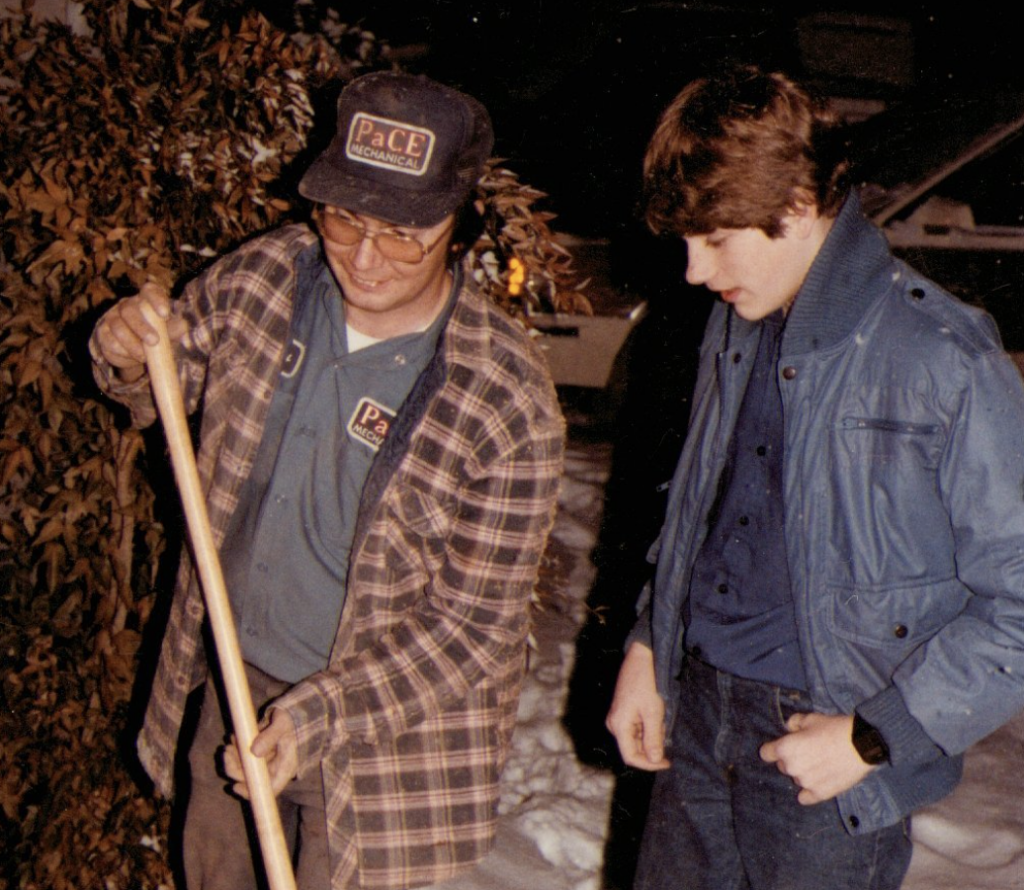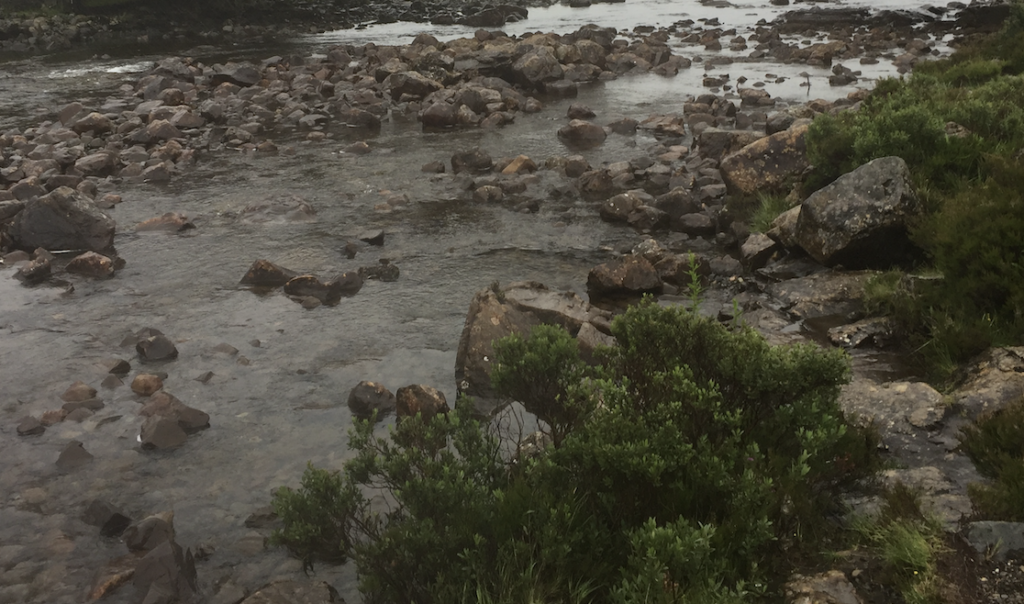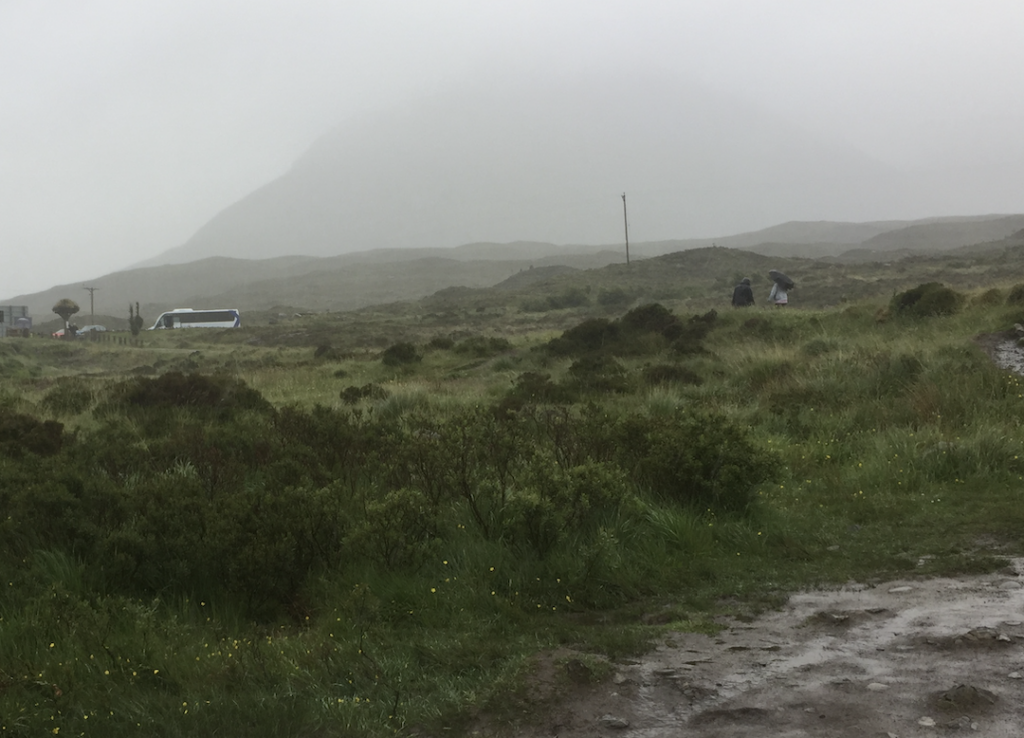I don’t know about you, but I’m looking forward to getting past US election Tuesday so my cell phone can get a break from the texts and telemarketers, and we can get on to being flooded with black Friday ads instead. It does occur to me that it would be extremely hard to forget to vote with all the media channels blasting reminders to us. I love how the State of California even sends out notices, including step by step “your ballot is in the mail to you” to “your ballot has been counted” updates. They have better ballot tracking updates than Amazon does for shipping! Anyway, if you are a US citizen, do democracy a solid and make sure you vote.
Trees and lights! Our annual ritual begins. I know, you probably complain about the way-too-soon sprouting of Christmas trees next to the Halloween decor at your local retailer. I laugh about it myself, but I confess, we religiously open the attic on November 1st to unleash the holiday cheer for our home too. Down comes the tree boxes. Plastic bins packed with lights, ornaments, greenery, golden treasures, and silver bells all parade down the steps to the main hall. Popping sounds are heard across the house as the boxes unleash their seasonal joy. Bing Crosby, Nat King Cole, and Michael Bublé paint the air with their familiar festive vocals. The Keurig sets aside the coffee pods and begins churning out hot chocolate, heavy on the chocolate. Slowly the scent of jubilation can be felt everywhere!
Pass me the ibuprofen! This weekend I strung the lights on the house, across the back woods and onto the fence. It takes a solid day and about a week to recover. I’m pretty much a wimp. Lifting, wrapping, hanging, draping, and zip-tying all that specular magic in place pushed me past my regular “I can push the J key” hard work. But oh my goodness, as night fell last night, our yard erupted once again with the multi-color sparkling madness that is the seasonal decor. That’s right! It’s beginning to look a lot like Christmas! I’m sure our neighbors love us.
The holiday season can be stressful. We have so much we want to do. There are things to buy, people to see, tasks to get done. But don’t lose sight of the joy! If you feel overwhelmed or anxious, pause and reflect. The miracle of merriment presents itself when we get a chance to enjoy our labors, savor the beauty around us and spend time with the ones we love. So, yes, if you are crazy like us, pull down those boxes. Hang up the delightful decor. Cuddle up next to some cozy memories. Reminisce and appreciate the season. Share time with your loved ones… oh yes, and vote.




















